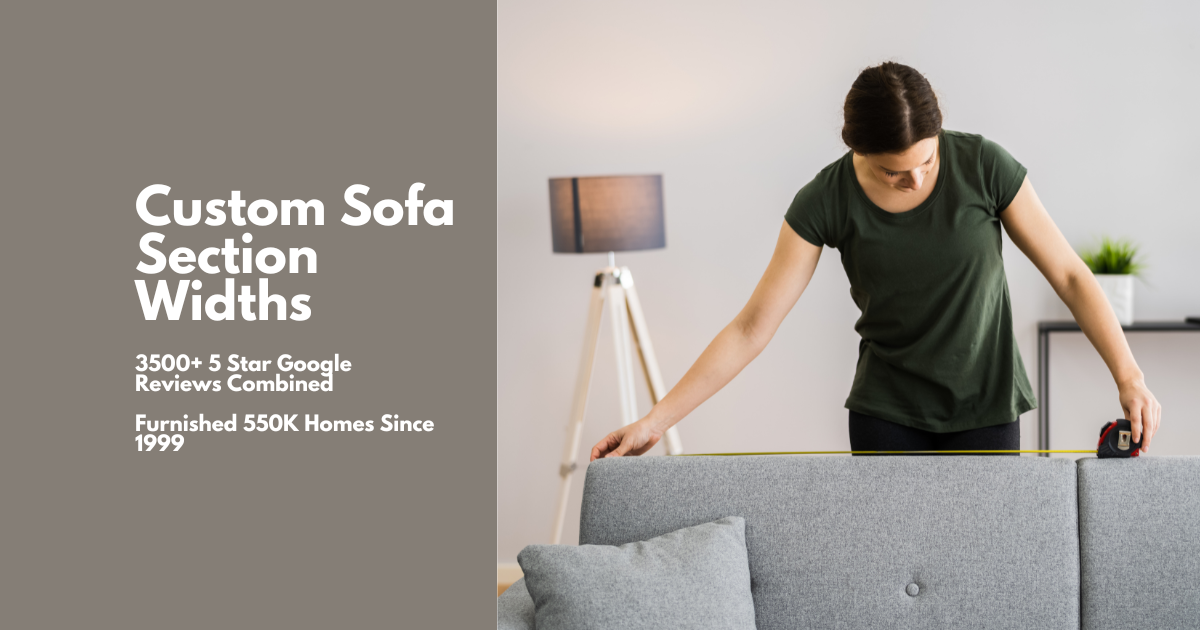
Why Seniors Prefer Public Audio: Exploring Cultural and Practical Reasons
Heath Wells HealthShare
Older adults often gravitate toward public audio systems for various cultural and practical reasons. In cities like New York and San Francisco, seniors are seen enjoying community events that incorporate public audio, ensuring inclusion and engagement.
- 🎶 Cultural Significance: Public audio provides seniors with a sense of nostalgia, reminding them of community gatherings from their youth. In places like community centers in Chicago, old tunes played through public audio systems spark joy and connection among older generations.
- 📅 Practical Benefits: With events scheduled in local parks and auditoriums, such as the annual Senior Fest in Boston, public audio systems ensure everyone can hear announcements and music clearly. This accessibility is crucial for seniors, especially those with hearing difficulties.
- 🎧 Technological Simplicity: Public audio systems offer ease of use. Unlike personal audio devices, which can be complex, systems set up in locations like Los Angeles' senior centers provide straightforward functionality, making them a favorite among older adults.
- 🌍 Social Interaction: Public audio fosters communal experiences. Seniors in Miami often gather for public concerts or talks, experiencing a sense of community and belonging reminiscent of earlier decades.
In bustling Singapore, a curious phenomenon is catching the attention of the community: elderly individuals playing audio out loud in public settings. This observation, voiced by a local woman on a community forum, taps into both cultural nuances and generational preferences, leaving many intrigued. As technology becomes more embedded in everyday life, the habits and practices of older generations with these gadgets provide insights into their world. Why do many senior citizens opt for external audio rather than using earphones? The reasons are as diverse as they are fascinating.
Tech-savvy millennials and younger generations, known for embracing the privacy enabled by earphones, often find this public audio declaration a curious divergence from their own habits. The contrast is striking in places like Singapore, a city known for its advanced technological infrastructure. The open-air audio preference among seniors highlights broader discussions about technology use, cultural practices, and social habits across ages.
Those interested in understanding this phenomenon often turn to settings like libraries, parks, and public transport, where the practice is most observable. Individuals frequenting these locations notice seniors engaging with their devices, sometimes sharing a song, a snippet of a radio program, or a conversation, allowing the sound to flow freely in the open.
While this auditory practice can perplex the young, experts suggest several reasons for the behavior. First, it may be a pragmatic choice, considering many seniors face hearing impairments, making headphones cumbersome or ineffective. For them, loud audio is not just a preference but a necessity for comprehension.
The Cultural Context of Audio Use Among Seniors
Beyond practicality, cultural values play a significant role. In Asia, family and community are cornerstones of daily life. Sharing entertainment or information audibly can be seen as an extension of this communal living mindset. In a society where the concept of sharing is deeply ingrained, the act of playing music or conversations out loud can symbolize inclusivity, inviting those around into a shared auditory space.
The role of nostalgia shouldn't be underestimated either. Older generations who grew up during times when media was often consumed collectively—be it radio shows playing in living rooms or communal TV watching—frequently replicate these experiences. For them, audio plays a role similar to storytelling, inviting a semblance of the past into the present.
The Impact of Digital Evolution on Listening Habits
As technology evolves, so do the habits associated with it. For many seniors, the transition from analog to digital has been gradual, sometimes challenging, and not always encompassing personal devices like earphones. The learning curve associated with new technologies often leads to reluctance or unfamiliarity with using equipment like Bluetooth earphones or advanced audio settings on smartphones.
As such, seniors often make use of the functionalities they have grown accustomed to and find comfortable. For them, this approach eliminates the need for adapting to technological advancements they aren’t familiar with or comfortable using. Additionally, limited dexterity can make handling small devices like earphones troublesome, and foregoing them offers simplicity.
Encouraging Understanding Across Generations
This tendency among older patrons of public spaces can also open dialogues about empathy and understanding between generations. For young people, understanding the reasons behind this behavior encourages patience and appreciation for the diverse ways people engage with modern technologies.
Many experts promote intergenerational programs that help bridge the gap between different age groups. Initiatives can include technology workshops in community centers that are specifically designed for seniors. These programs aim not only to familiarize them with new gadgets but also to break down technological barriers and encourage cross-age camaraderie.
In places like Singapore, where public spaces are shared by people from diverse backgrounds and generations, fostering an environment of mutual respect and understanding is essential. By recognizing the reasons behind these auditory habits, the community can approach it not as an annoyance but as a part of the cultural and social tapestry.
Designing Inclusive Public Spaces
Given the heightened senses of privacy and individualism with which younger generations operate, designing spaces that accommodate a broad range of audio preferences is crucial. Whether in transport hubs, public libraries, or parks, signage promoting considerate audio levels and the use of designated quiet zones can facilitate harmony.
These measures encourage a balance between personal preference and communal consideration, contributing to a more inclusive environment for everyone. Additionally, offering easy access to earphones, either through vending machines or borrowing schemes, might cater to those wishing to blend with general demeanors comfortably.
In conclusion, while the habit of playing audio aloud might initially seem like a quirk of older generations, it serves as a poignant reminder of the cultural, practical, and generational dynamics at play in contemporary societies. Understanding and appreciating these differences can help knit together a community where everyone, young and old, enjoys the melodic journey of life in tandem.











